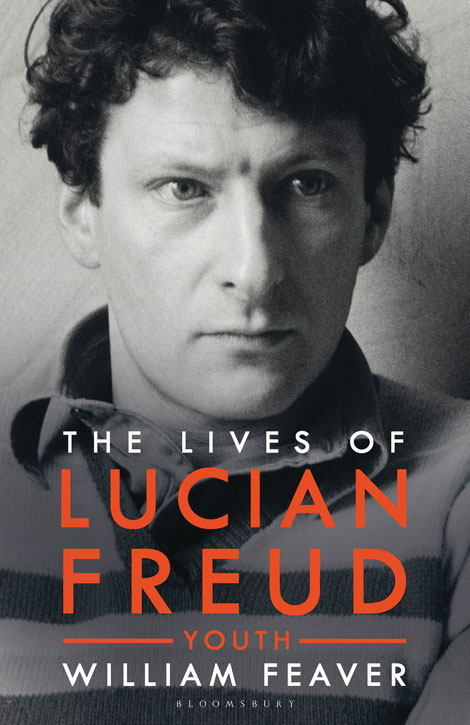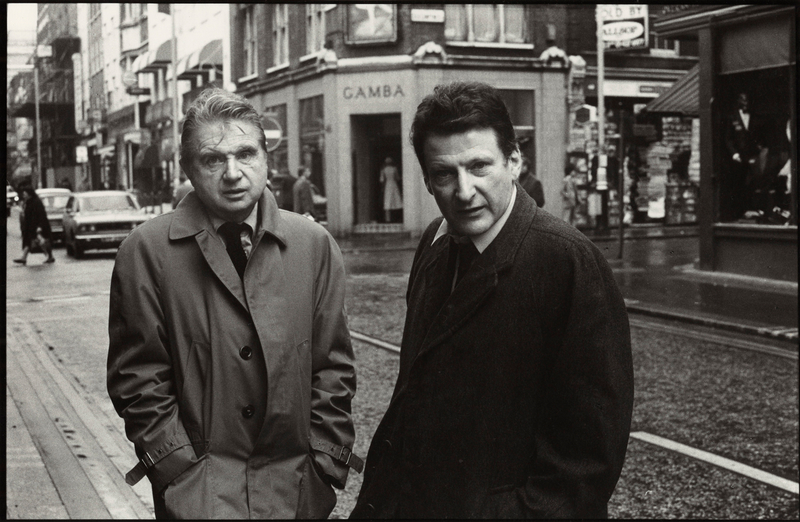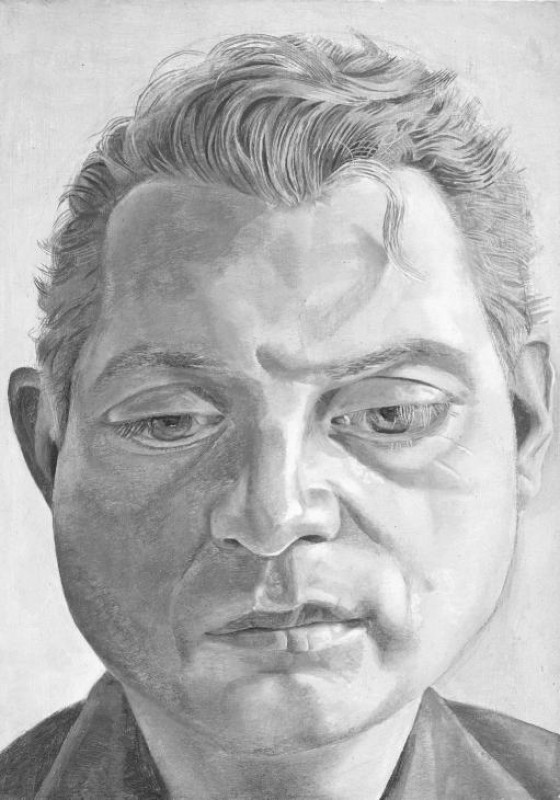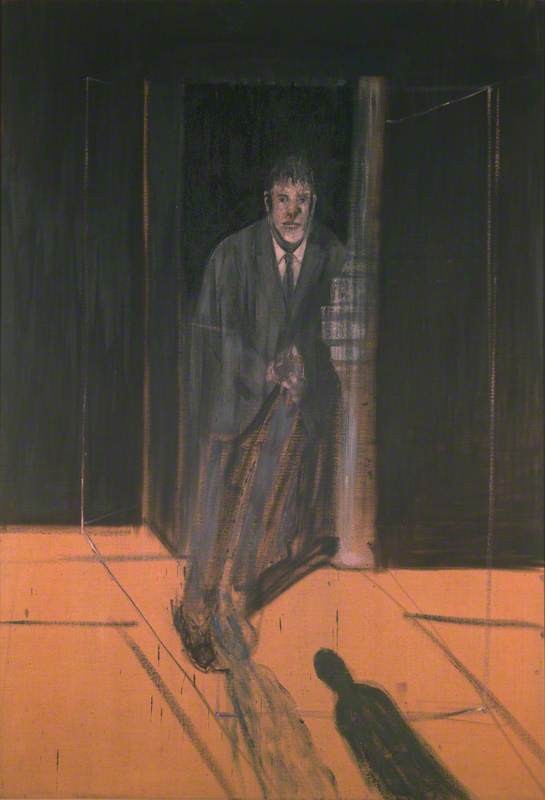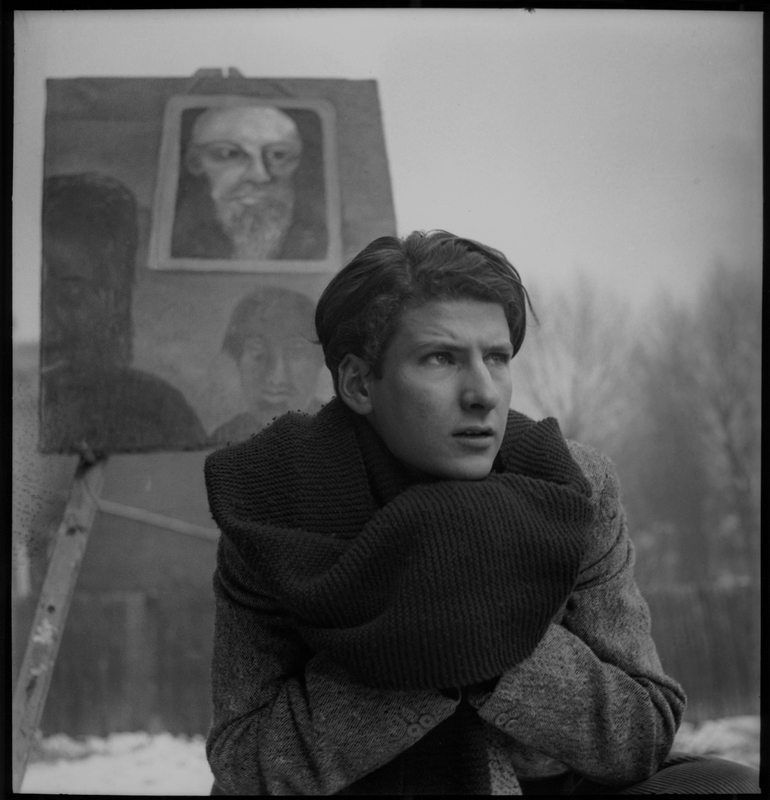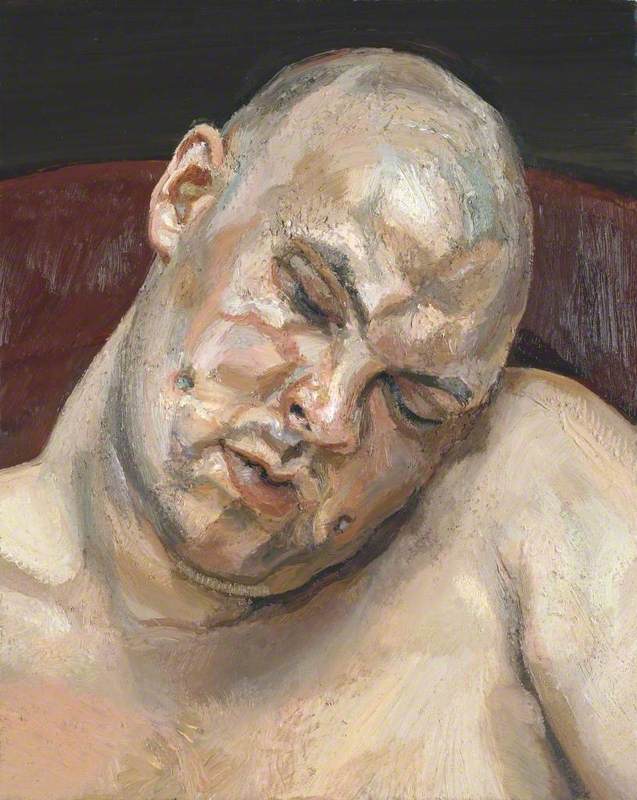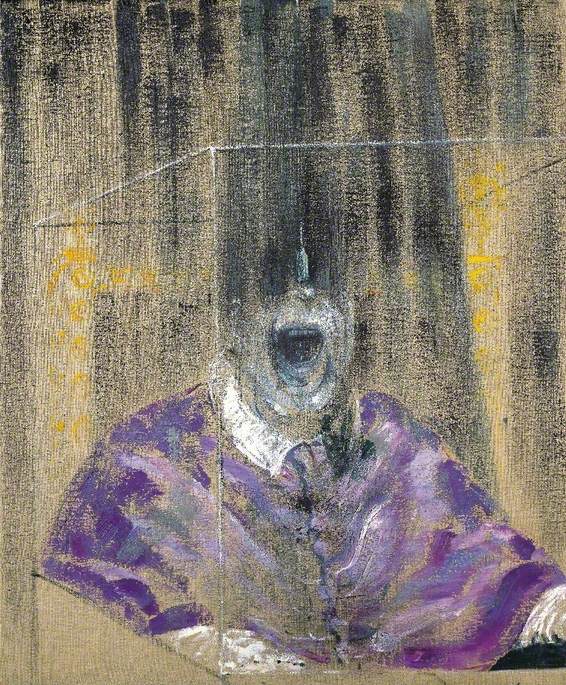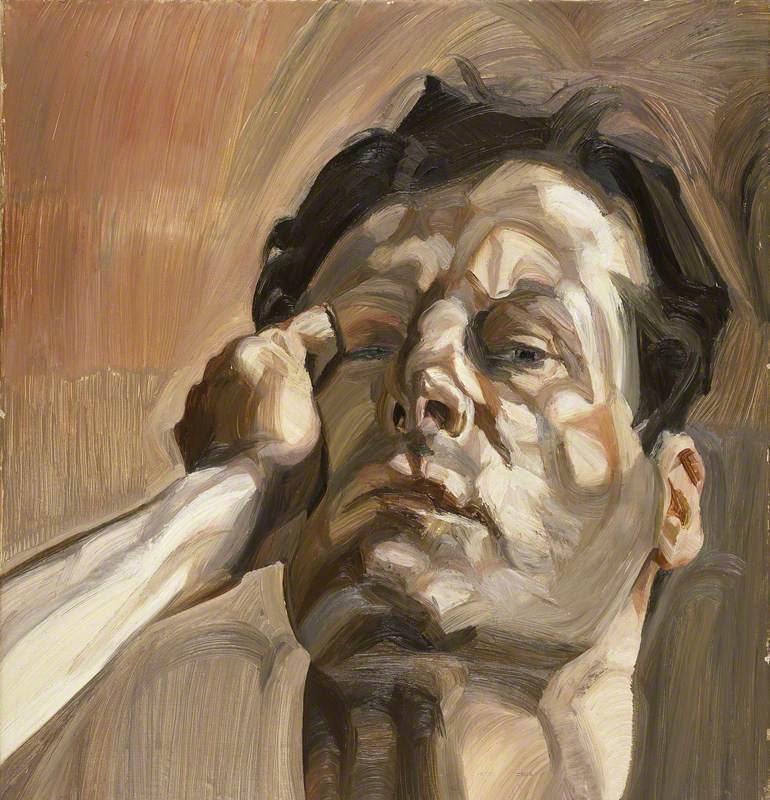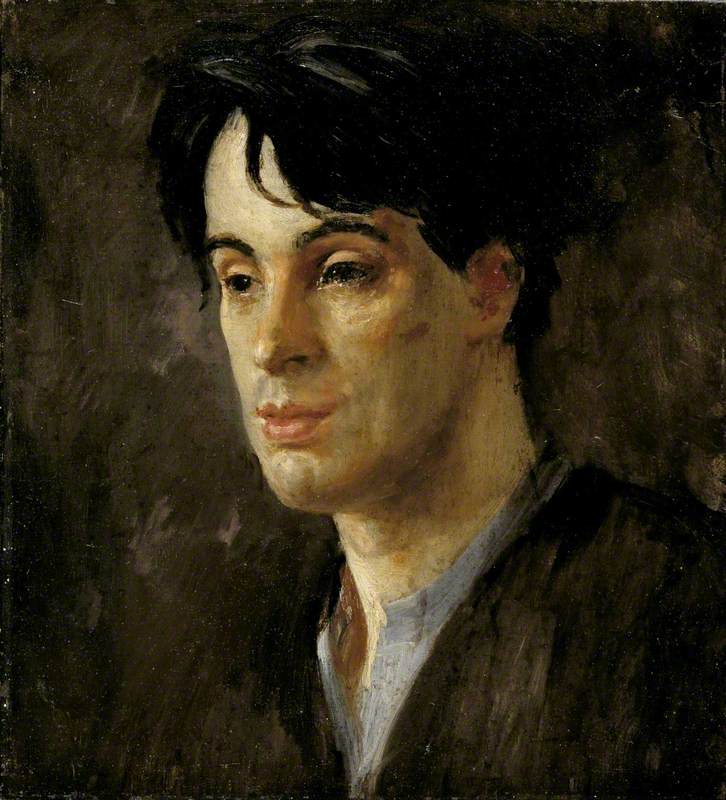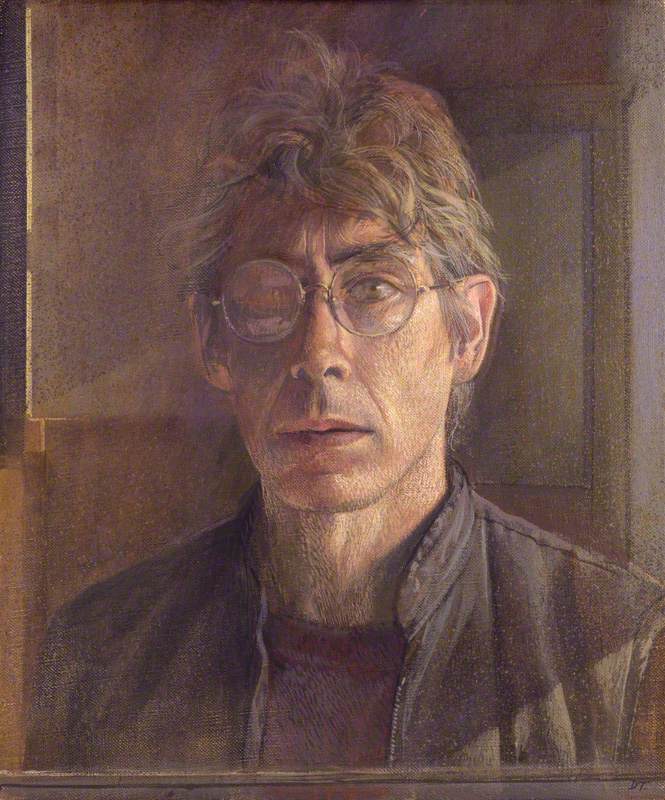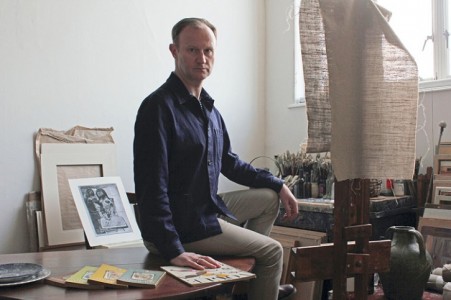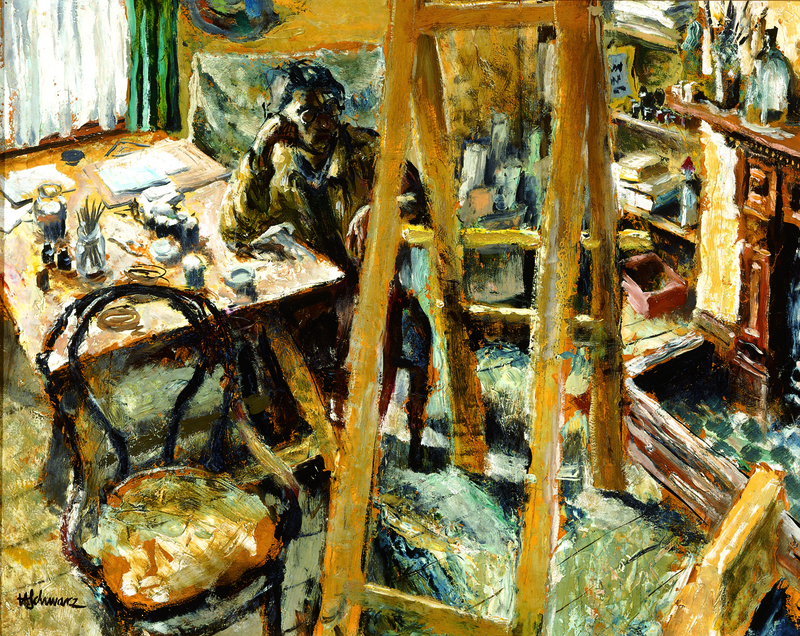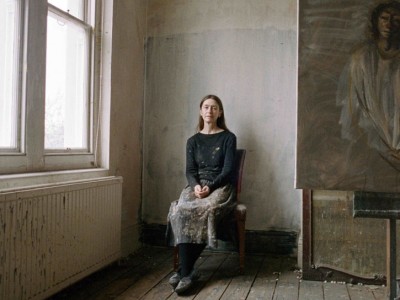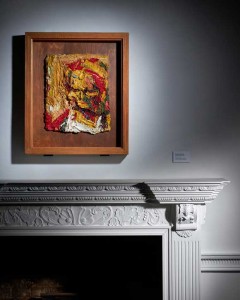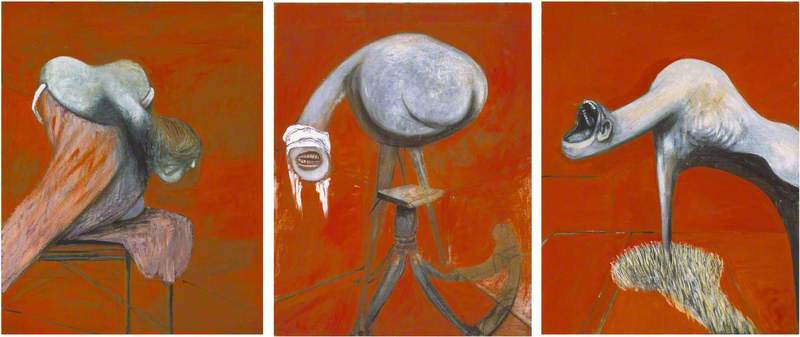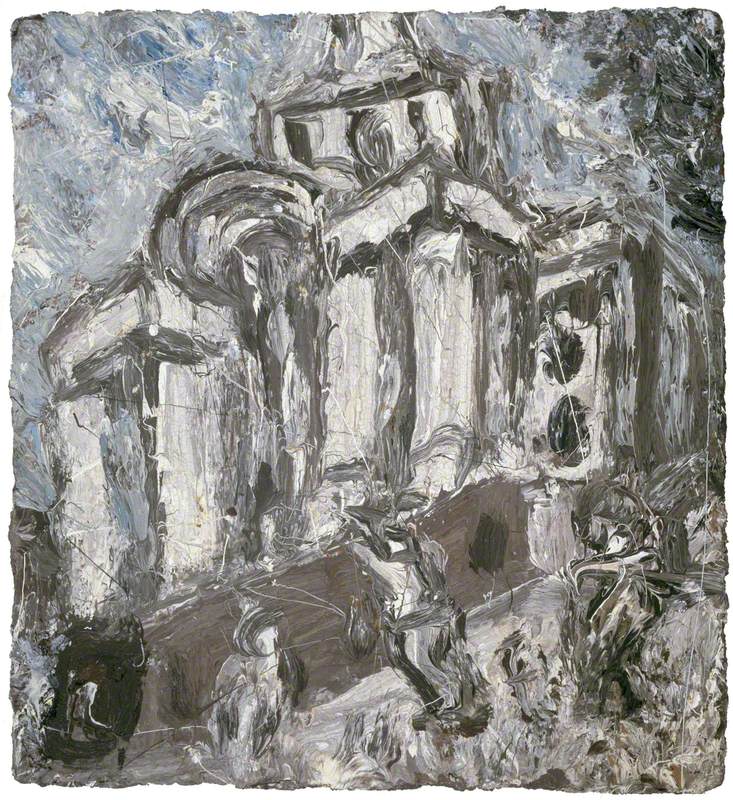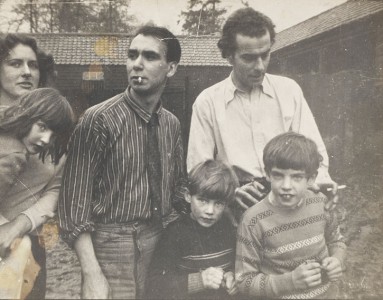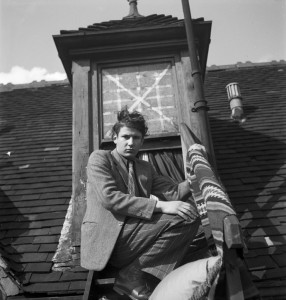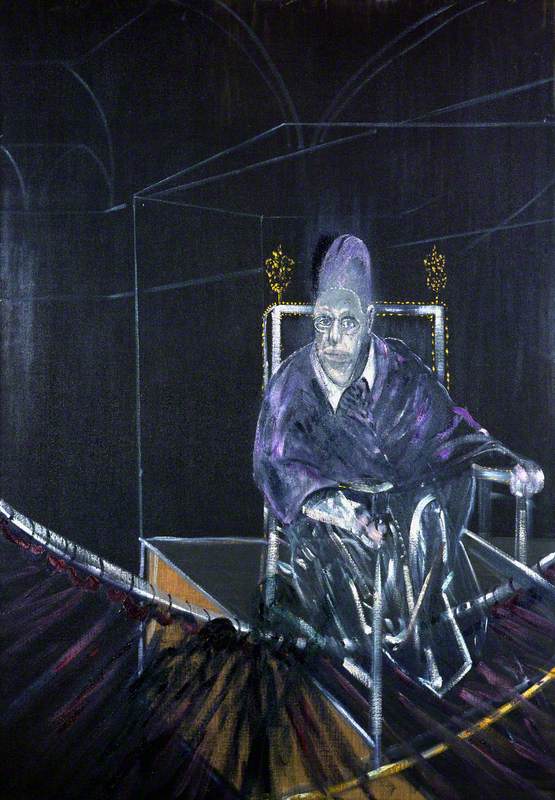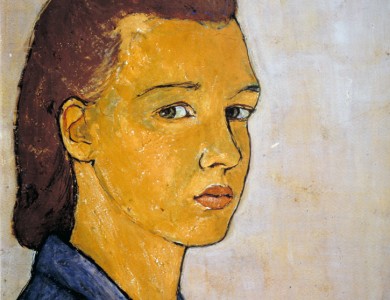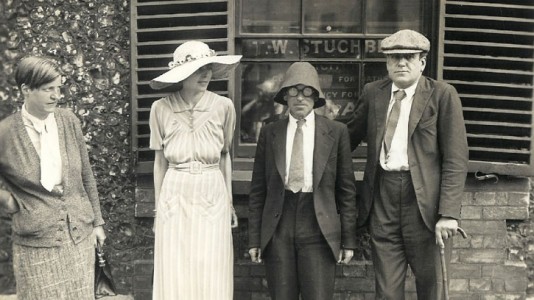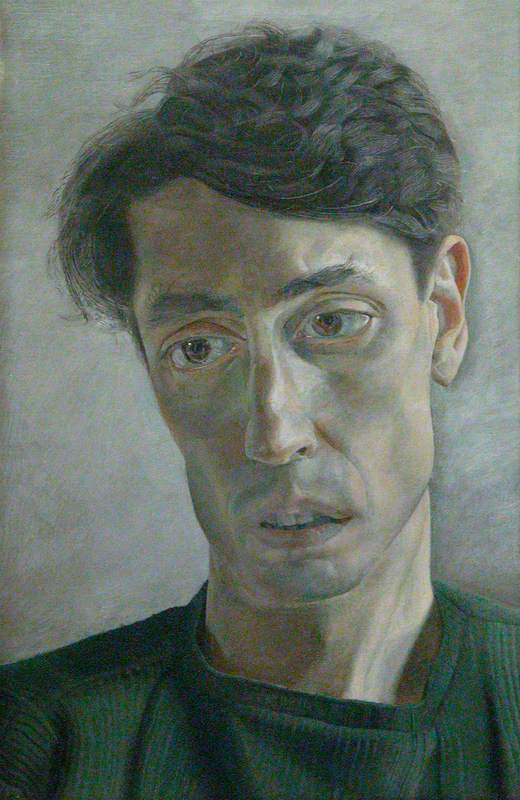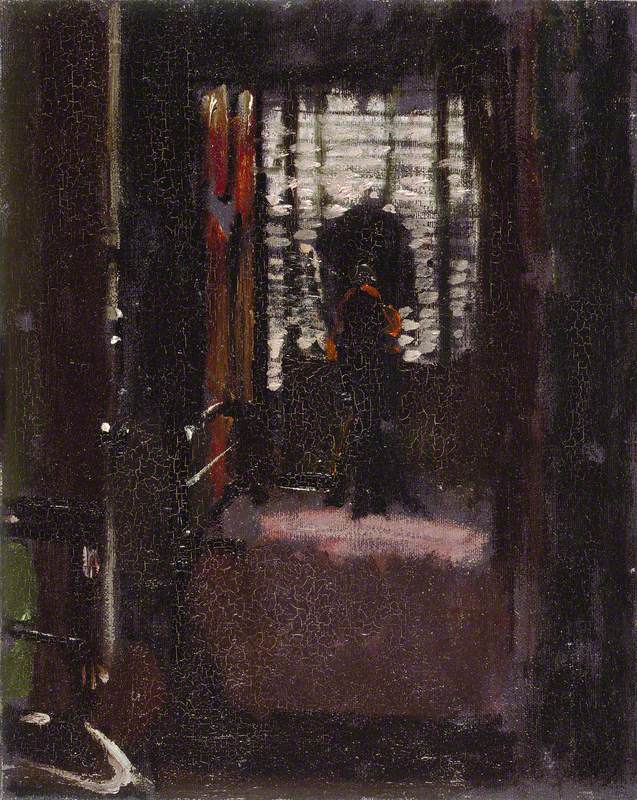Though ferociously private, Lucian Freud spoke every week for decades to his close confidante and collaborator William Feaver – about painting and the art world, but also about his life and loves. The result is a unique, electrifying biography, shot through with Freud's own words.
Read below an exclusive extract from Feaver's critically acclaimed and Baillie Gifford Prize-shortlisted biography, The Lives of Lucian Freud: Youth.
Bacon, Freud found, was better to talk to than anyone else he knew, deft and provocative, always stimulating. And he even agreed to be painted.
'It took two or three months. He grumbled but sat well and consistently.' Bernard Walsh, who ran Wheeler's in Old Compton Street, their favourite eating-place, used to go on at them to do portraits of one another.
'What I want is a Bacon of Freud and a Freud of Bacon,' he said, so it was a virtual commission.
Freud saw it as a favour rendered. 'That little picture I really did for him; but when I left Kitty and married Caroline he was so unpleasant. "I didn't know Lucian was a ponce," he said, and I was so depressed I fell off the bar stool on to the floor. I couldn't do anything else as he owned the place and was thirty years older.' Otherwise, he said, he would have thumped him.
As with most of the other small portraits he did around that time, Freud used a copper plate, small enough to be hand-held if the detailing demanded it.
'Life-size looks mean,' Bacon said, whereas shaving-mirror-scale looks intimate. Freud's Bacon is side-lit, half dour, half sunny, his voluptuous features, nostrils and chin, temples and jowls, uneasily patted together. Sitting knee to knee, within three feet of him, Freud caught the air of unconcern, or diffidence even, the heavy-lidded eyes downcast, blond hair mussed over traces of pencilling, a flicker of disdain crossing his mind possibly.
Freud was prompted – shamed even – by Bacon. 'I got very impatient with the way I was working. It was limiting and a limited vehicle for me and I also felt that my drawing and my making artefacts – graphic artefacts – stopped me from freeing myself and I think my admiration for Francis came into this. I realised that by working in the way I did I couldn't really evolve. The change wasn't perhaps more than one of focus but it did make it possible for me to approach the whole thing in another way.'
He appreciated that expression – as distinct from Expressionism, which was pseudo-primitive Mannerism – involved a degree of emphasis bordering on abandon. Bonnard said, 'Draw your pleasure – paint your pleasure – express your pleasure strongly.' As Delacroix wrote in his diary, 'One never paints violently enough.'
Bacon appreciated that Freud had caught him all but unawares. There he was: close, guarded, troubled, solitary really, and manifestly private.
Unusually for him, Freud was relieved to be told that he approved. 'He liked it as it went on.'
This extract is taken from The Lives of Lucian Freud: Youth 1922–1968 by William Feaver, available to purchase now at http://bit.ly/ReadLucianFreud
'The Lives of Lucian Freud: Youth 1922–1968' by William Feaver